Learning about WWII History: Bletchley Park and the Churchill War Rooms
If you’re planning a trip to the England, and war history is an interest, there is much to learn here. Specifically WWII, which impacted this country so much, is well documented with 80 years of history preserved. On a recent trip to England we decided to spend some time learning more about WWII connecting the events in Bletchley Park and how leadership in London managed the war through an underground bunker.
The Churchill War Rooms
If you’re in London, and want to dive into WWII history, start in the Churchill War Rooms. Tickets are still timed (as of the writing of this post) and are best bought in advance as this historical site has a great deal of interest.
Right in the heart of London much of WWII was directed from these top secret underground bunkers. With the bustling city above it’s somewhat hard to imagine today.
Once inside the exhibit, you are given an audio tour as a part of the ticket price. You walk in at the underground level. Above, are the cabinet offices, still in use today.
This is a communication office that Churchill spent a great deal of time in these underground rooms. The museum does a nice job with the life-sized dioramas.
One of the keys to ending the war was cracking the code on the German “Enigma” machine. This was one of three Enigma machines we would see on this trip. The other two were in Bletchley Park and the War Museum in Bayeux, France.
The original door to the Prime Minister’s on 10 Downing Street in London. While today’s Prime Minister still lives at that downtown address, the area is heavily secured and you are no longer able to get close.
The Map Room was at the heart of the War Rooms. This was operated 24 hours a day. The main purpose of the Map Room was to gather and provide daily intelligence report to the King, Churchill and key military leaders.
This was Churchill’s bedroom in the War Room. It is said he slept there very little. He actually had an underground tunnel to 10 Downing Street, his home, as well. He did address the nation on the BBC, four times from this room during the war.
It’s fascinating to think how much of the war was directed and how much intelligence flowed through these secret rooms from 1939-1945, when WWII finally ended.
It’s definitely worth a stop to spend some time in the Churchill War Rooms. All around this area of London there are numerous statues and monuments dedicated to historical figures. This includes the Women of WWII Memorial on Parliament Drive near the War Rooms. Additionally, if you are interesting in a wider variety of war history, the Imperial War Museum is located just on the other side of the River Thames.
Such well documented history in London to visit!
Bletchley Park
From London, Bletchley Park is about 45 minutes away on the train. It’s a very easy journey, especially if you get a more direct train with fewer stops. Our tip: go as early as you can to avoid the crowds. We went first thing on a Saturday morning, with fewer people on the train and had the park almost to ourselves at opening.
Once you exit the train, it’s a 10 minute walk to the park. Like the War Rooms, the audio tour is part of the price of admission. The grounds and main building are just beautiful.
If you’ve seen “The Imitation Game,” you’re familiar with the portrayal of Bletchley Park's crucial role in WWII. The movie also tells the story of Alan Turing, the mathematician and scientist who led the efforts to crack the Nazi Enigma Machine code. Bletchley Park was the top-secret government codebreaking center during the war. Its picturesque location in a remote area outside of London made it an unsuspecting yet vital hub for wartime intelligence work.
The house was built in 1883 by a wealthy Englishman. In 1938, Admiral Hugh Sinclair of MI6 (the British secret service) purchased the property to establish a key codebreaking center in preparation for the impending war. When the British government claimed they lacked the funds, Admiral Sinclair bought it with his own money.
Together with other key leaders, the Admiral recruited mathematicians and scientists who could contribute to the war effort with their intellect.
Much of the house remained in its original state, retaining its beautiful decor throughout the war.
The former horse stables are where many of the men and women who worked in Bletchley Park, lived, during the war, including Alan Turing.
The exhibit does a nice job of preserving the original rooms while adding interactive displays for learning. Just imagine spending hours and hours every day working to crack a war changing code.
The Nazi Enigma machine. This machine, stolen by the allies, was the key to cracking the codes of communication to learn what the plans the Nazis were making.
The Bombe machine. This was the eventual machine that Alan Turing and the other mathematicians created that cracked the Nazi code. Once it was created they soon realized they’d have to scale production of the Bombe machine. Ultimately 211 of these machines were made to aid in the war. Each of these machines ran 24 hours a day.
Hut 8: This was Alan Turing’s office, where much of the crucial code-cracking work took place. While he was regarded as a genius, he was also an avid long-distance runner, often running the 40 miles to London to deliver messages.
During our visit, we felt the magnitude of the critical work done by Turing and everyone at Bletchley Park during WWII. All of this was carried out in secrecy, with some individuals never revealing their contributions to the war effort.
“We Also Served.” This monument is dedicated to all those that served in Bletchley Park during WWII. They all signed confidentially agreements that they would never speak of their part in the war. It is said, their work in cracking the Nazi’s code shortened the war by 2 years. Queen Elizabeth II dedicated this monument to the men and women code breakers in 2011.
We were very moved at the end of our visit by this simple, yet powerful, monument.
Traditional Pizza from Naples, Italy
After a great morning of learning we were hungry! There are not many food choices inside the Park. A short 15 walk away and just outside the train station is the town of Bletchley Park. We found a great spot for pizza. Turns out the owner and his son are from Naples Italy! The pizza was a delicious end to a great visit at Bletchley Park.

















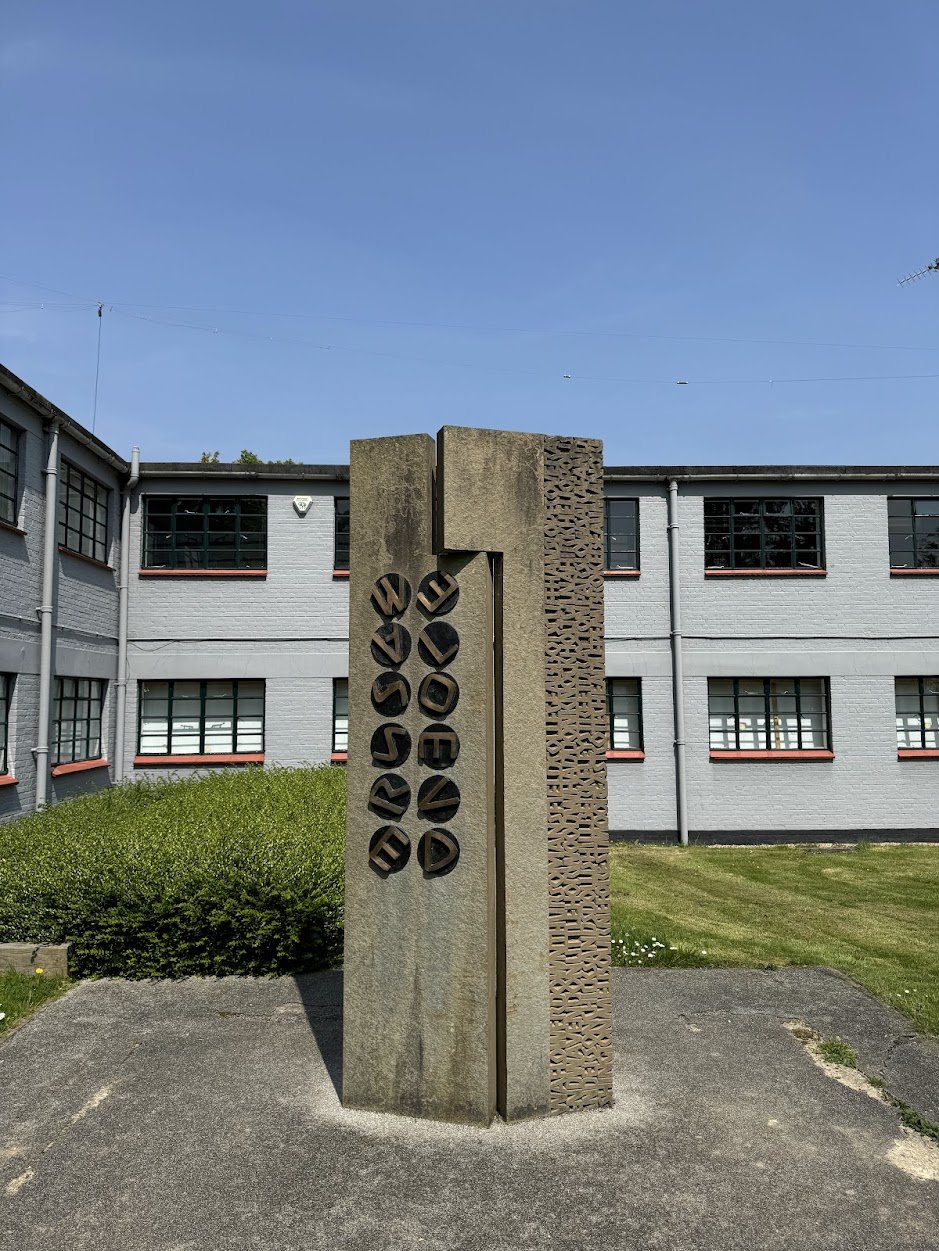

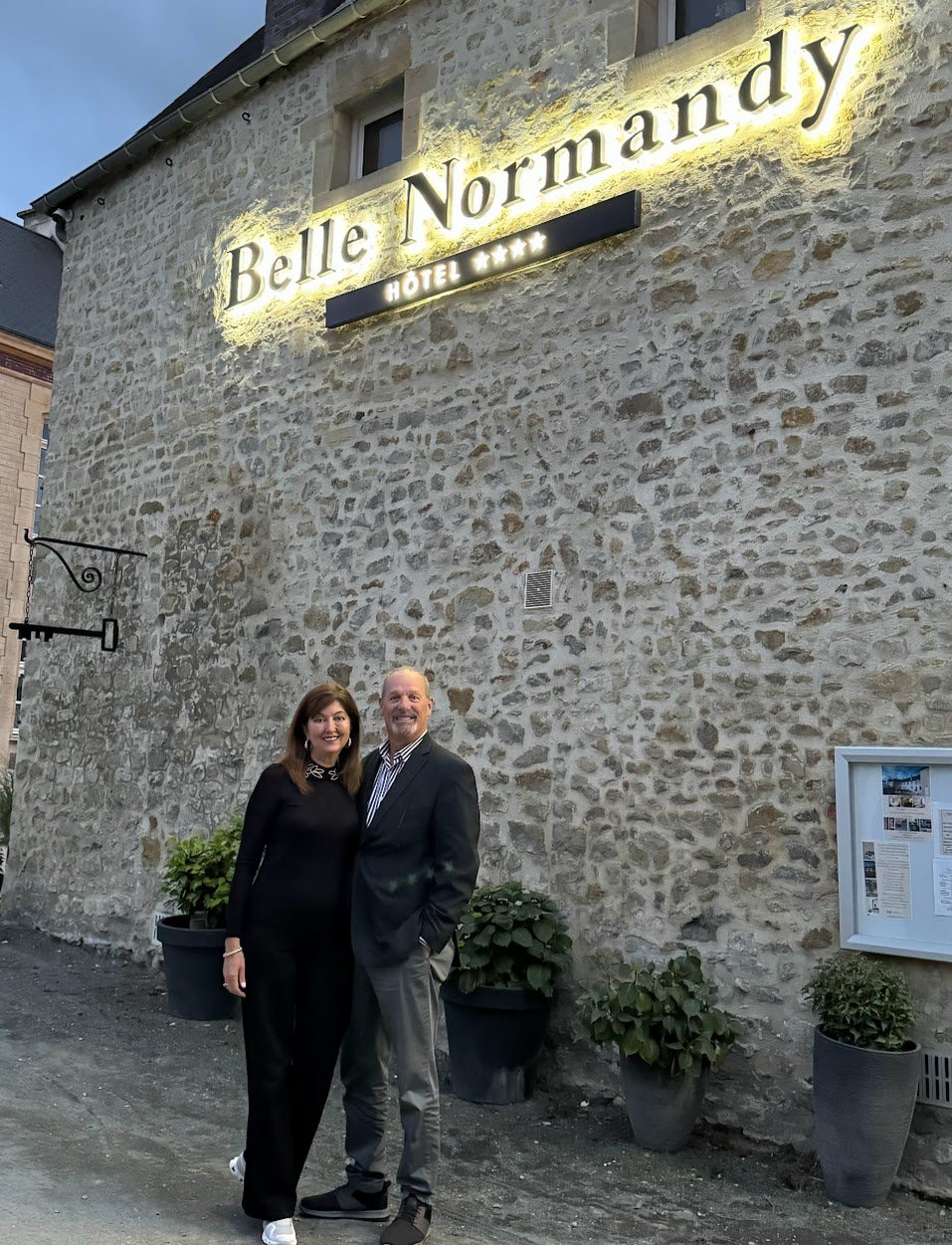
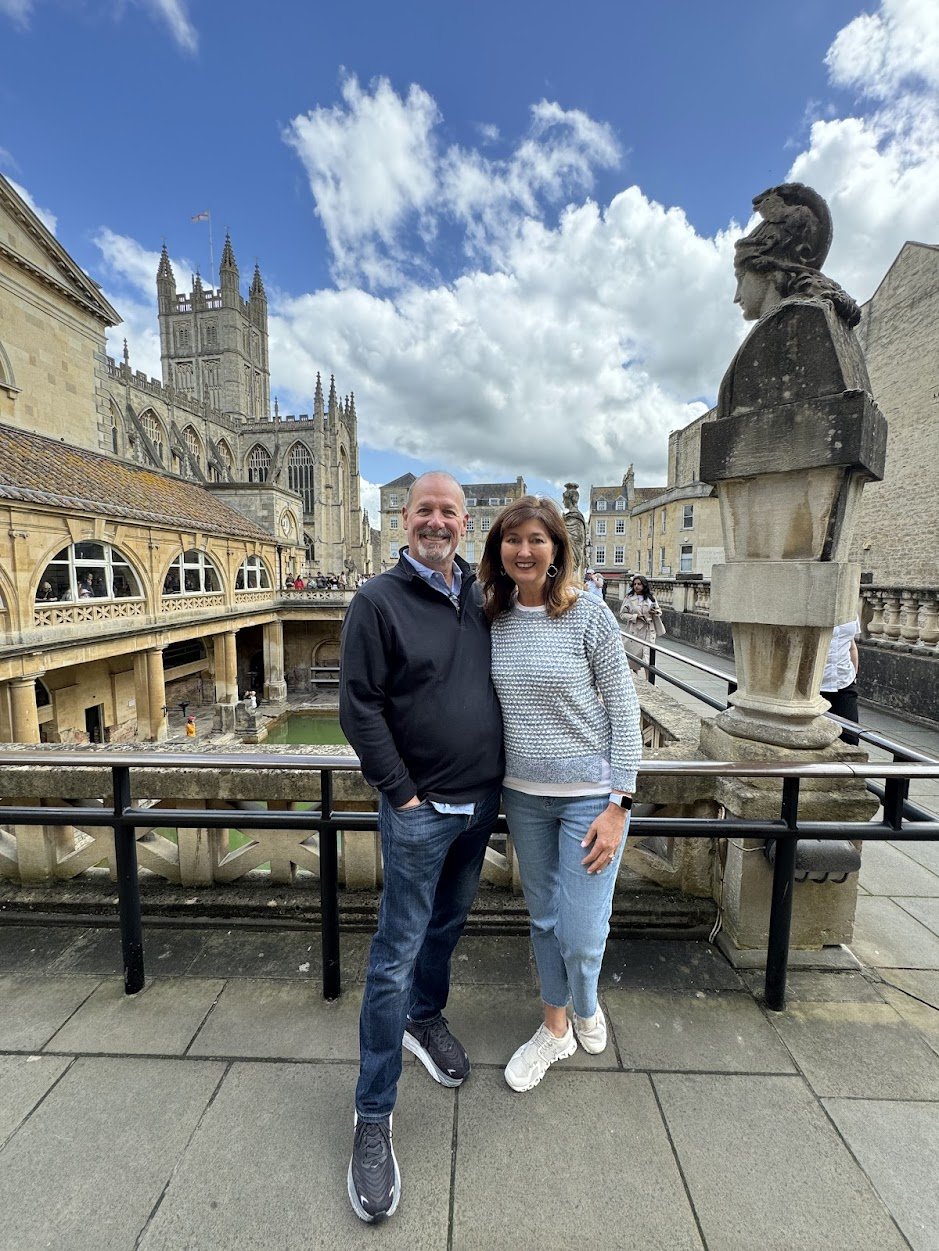
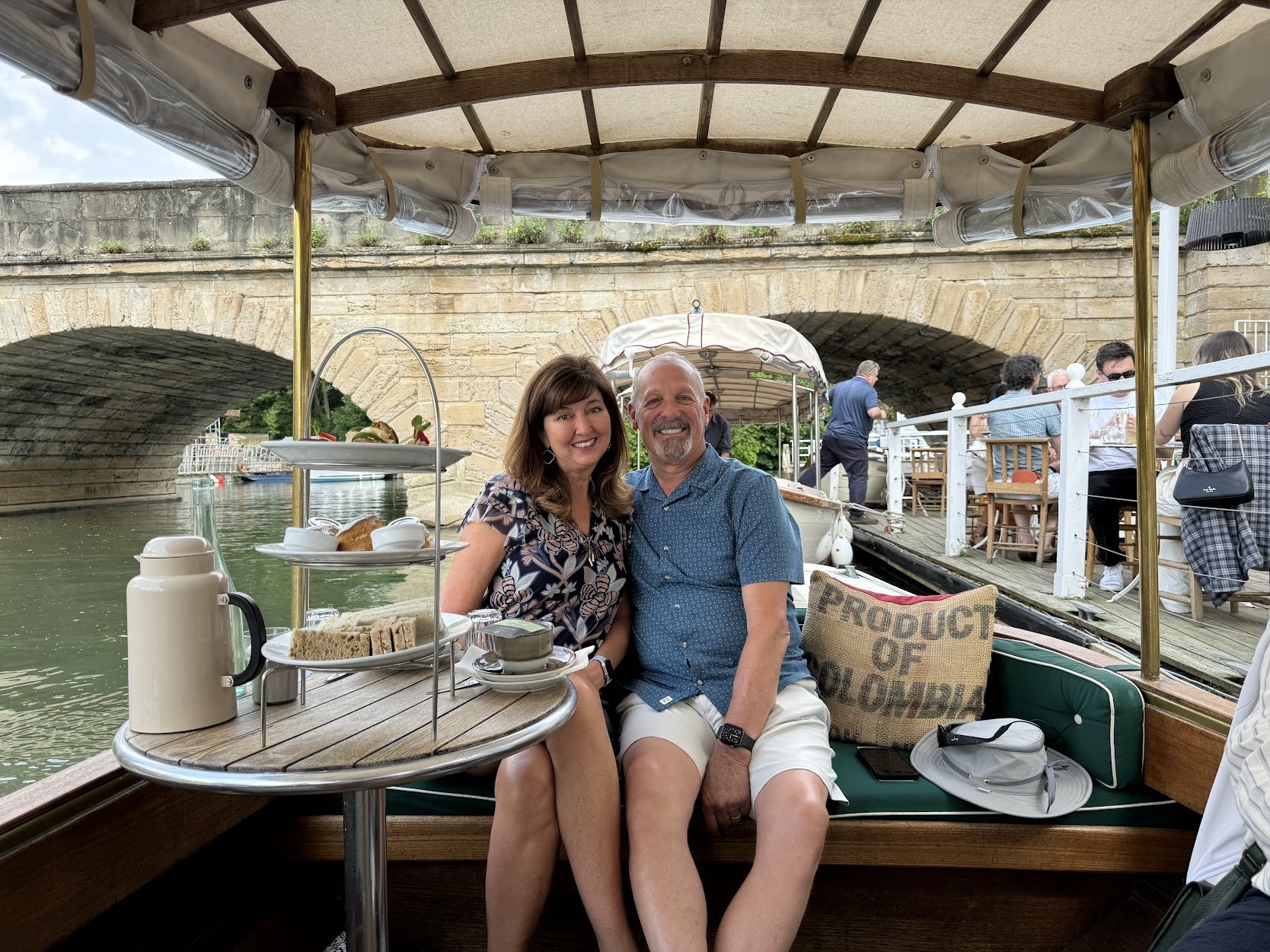
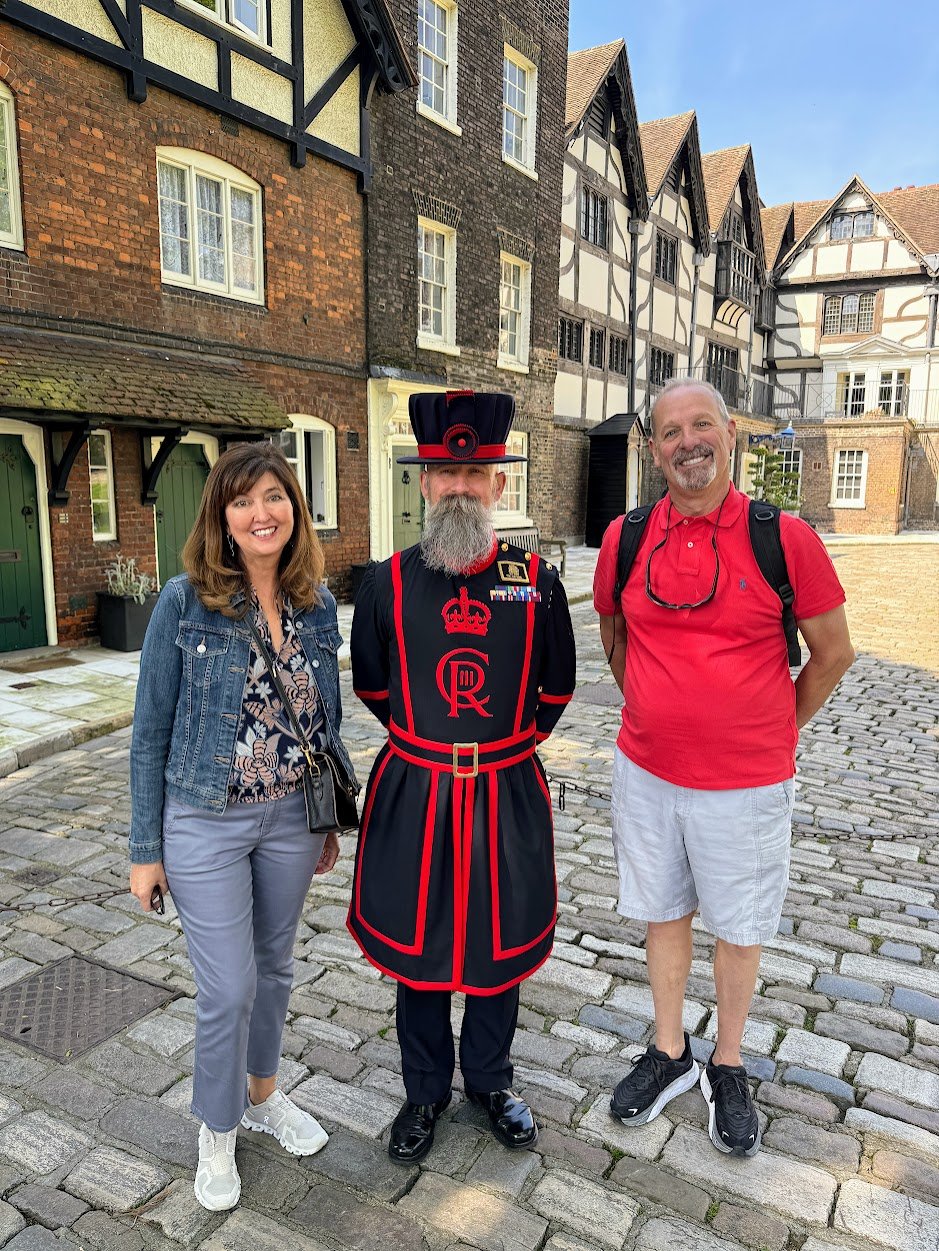
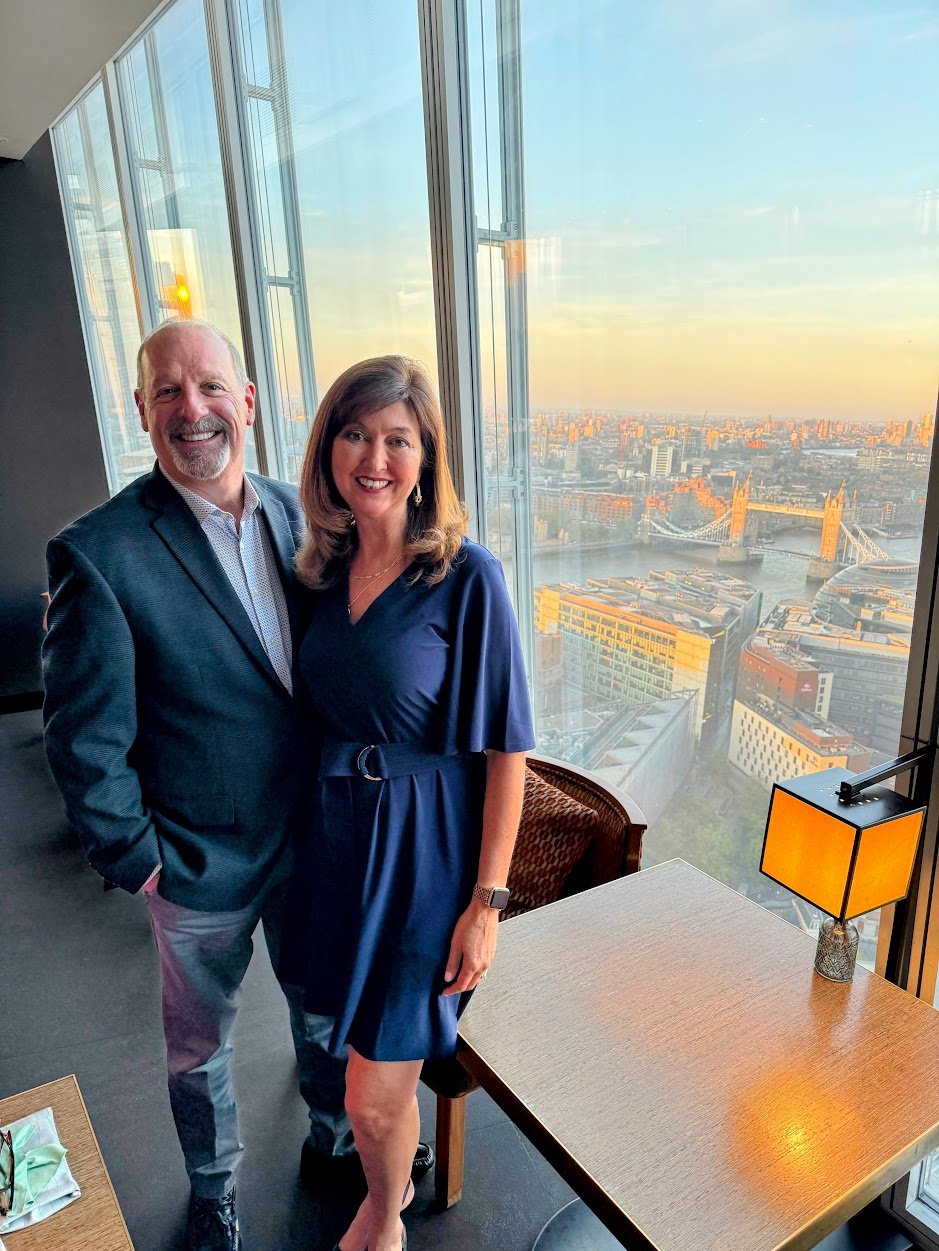
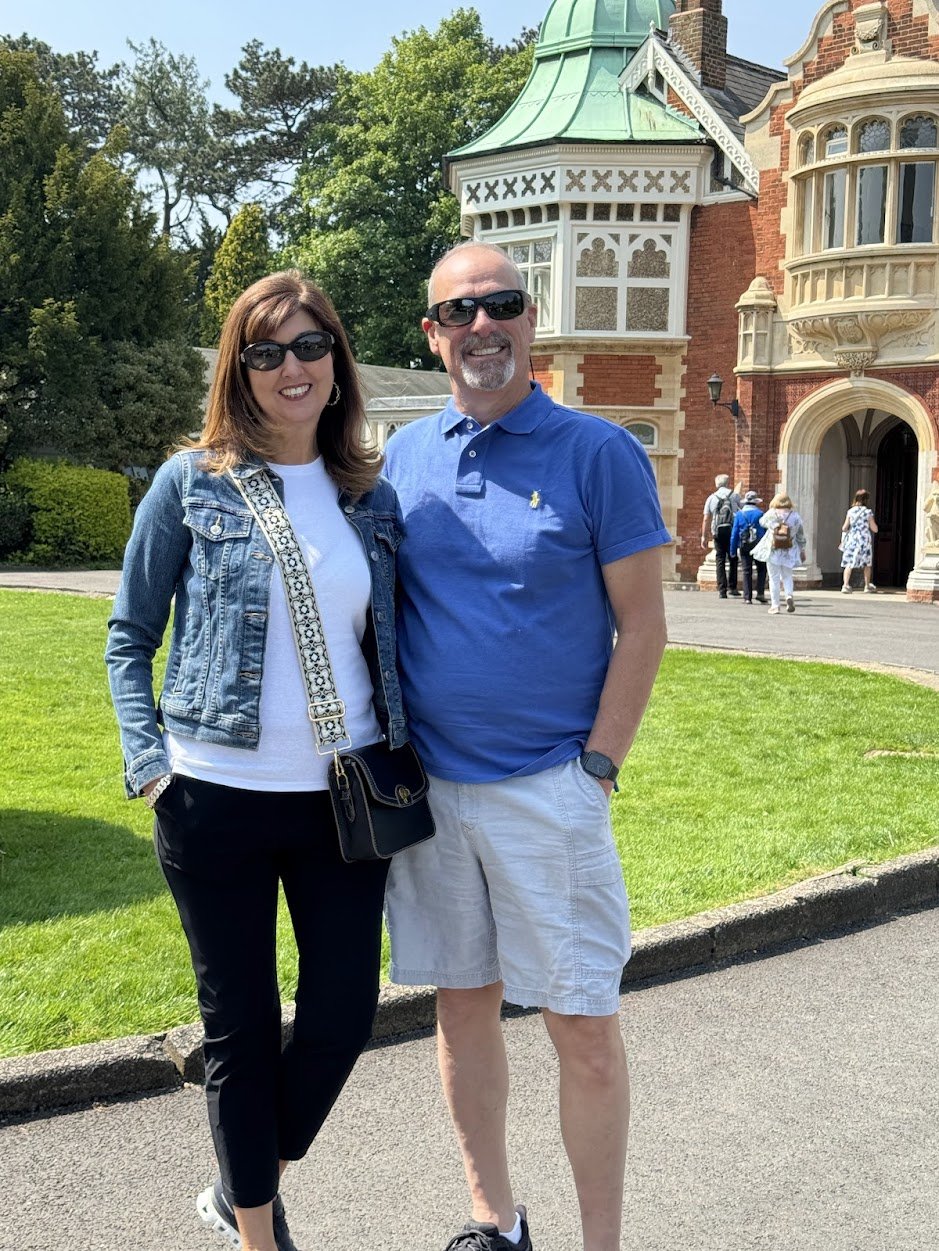
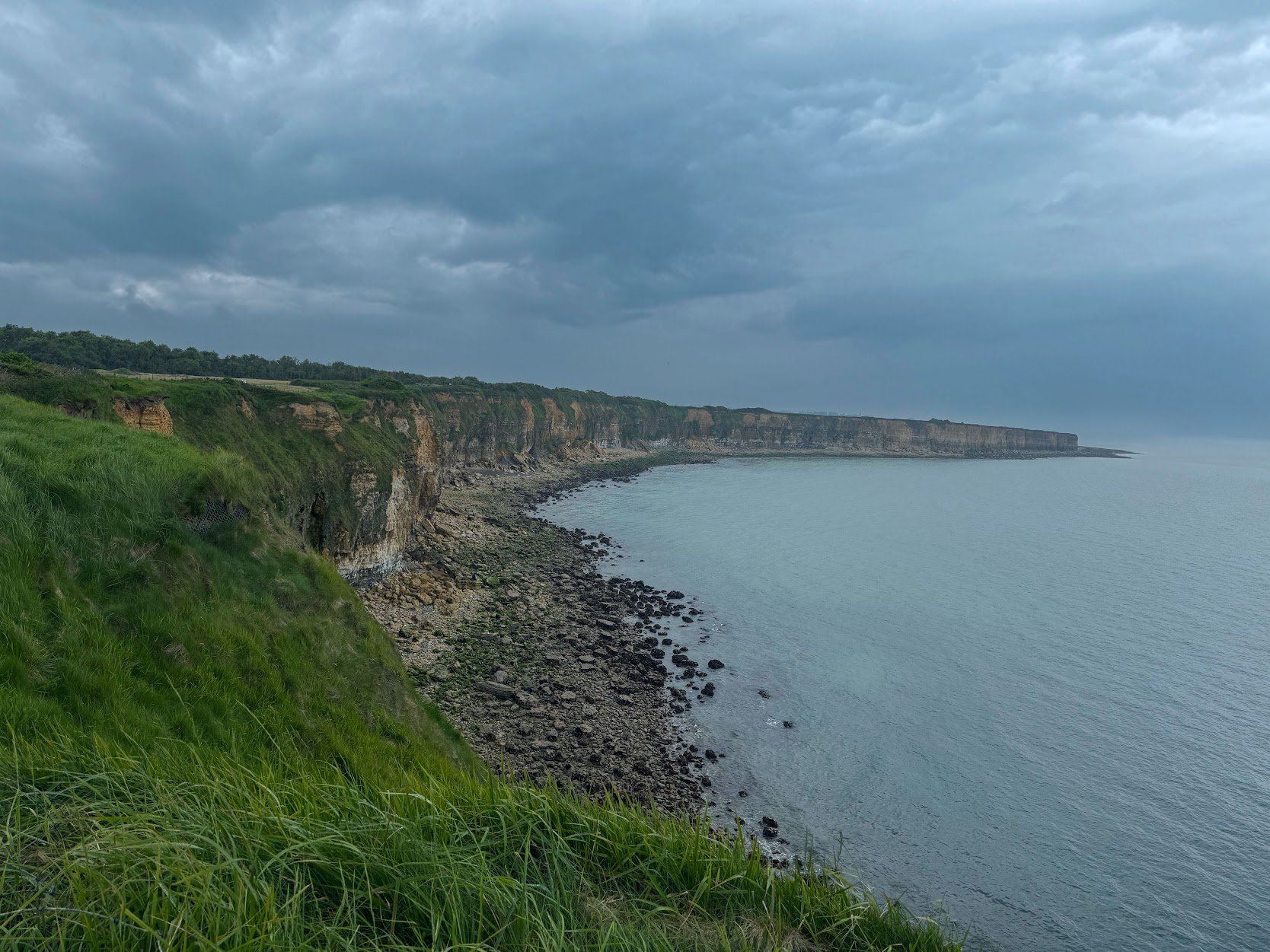
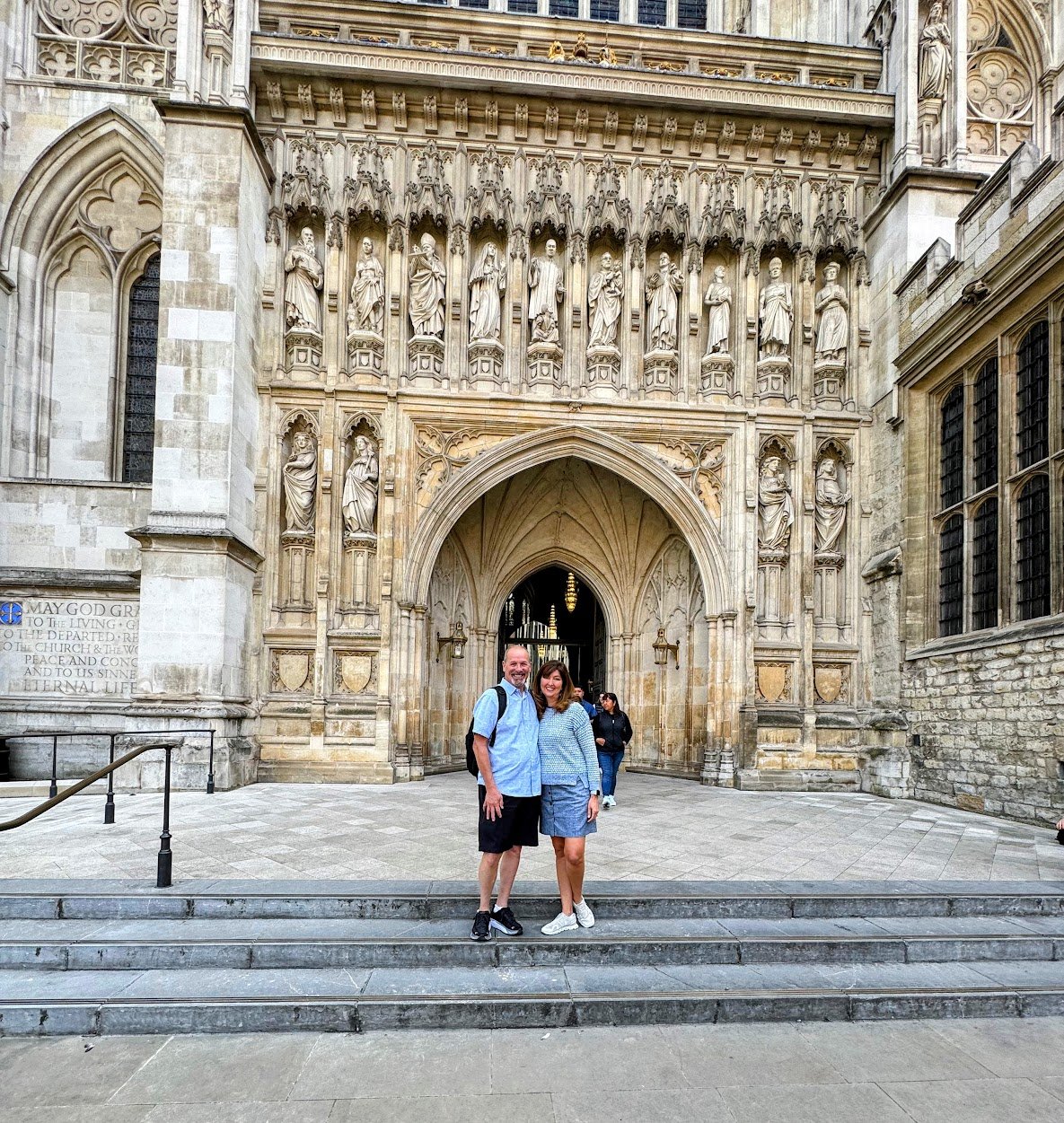
This post explores some of the fascinating historical sites in and around Santa Fe.